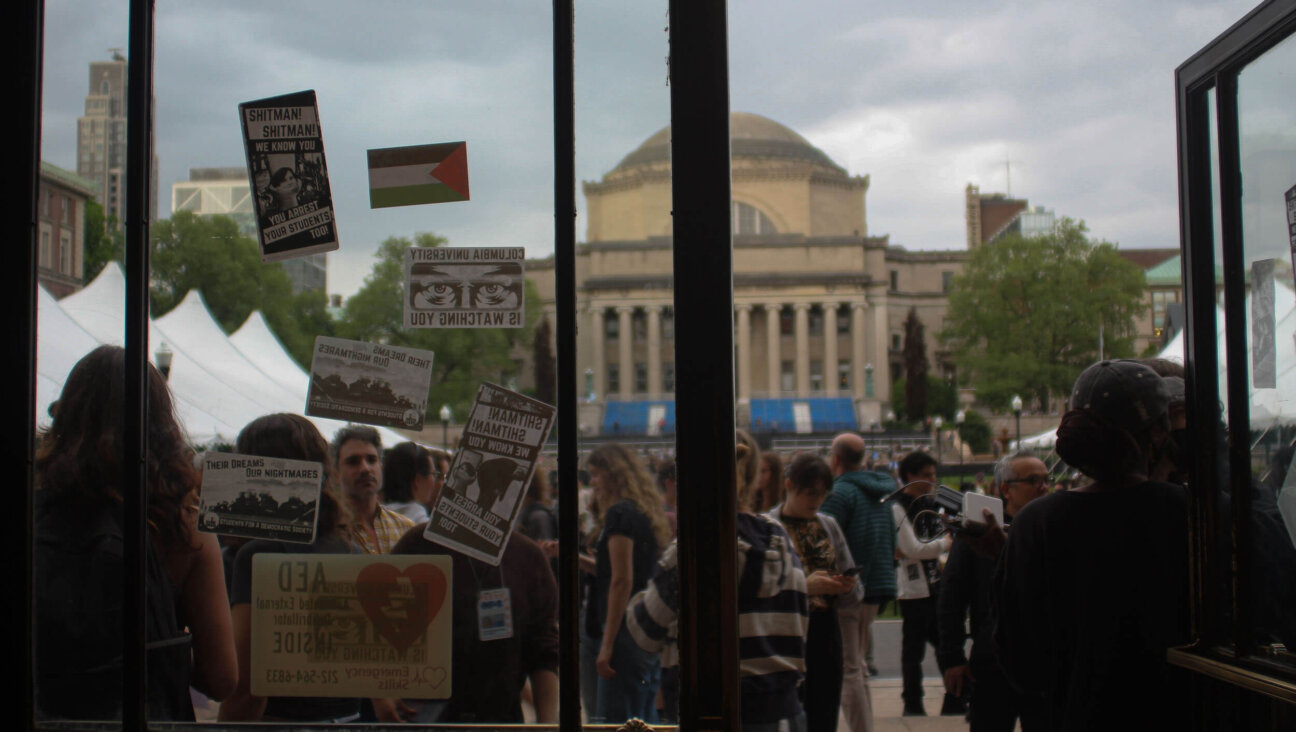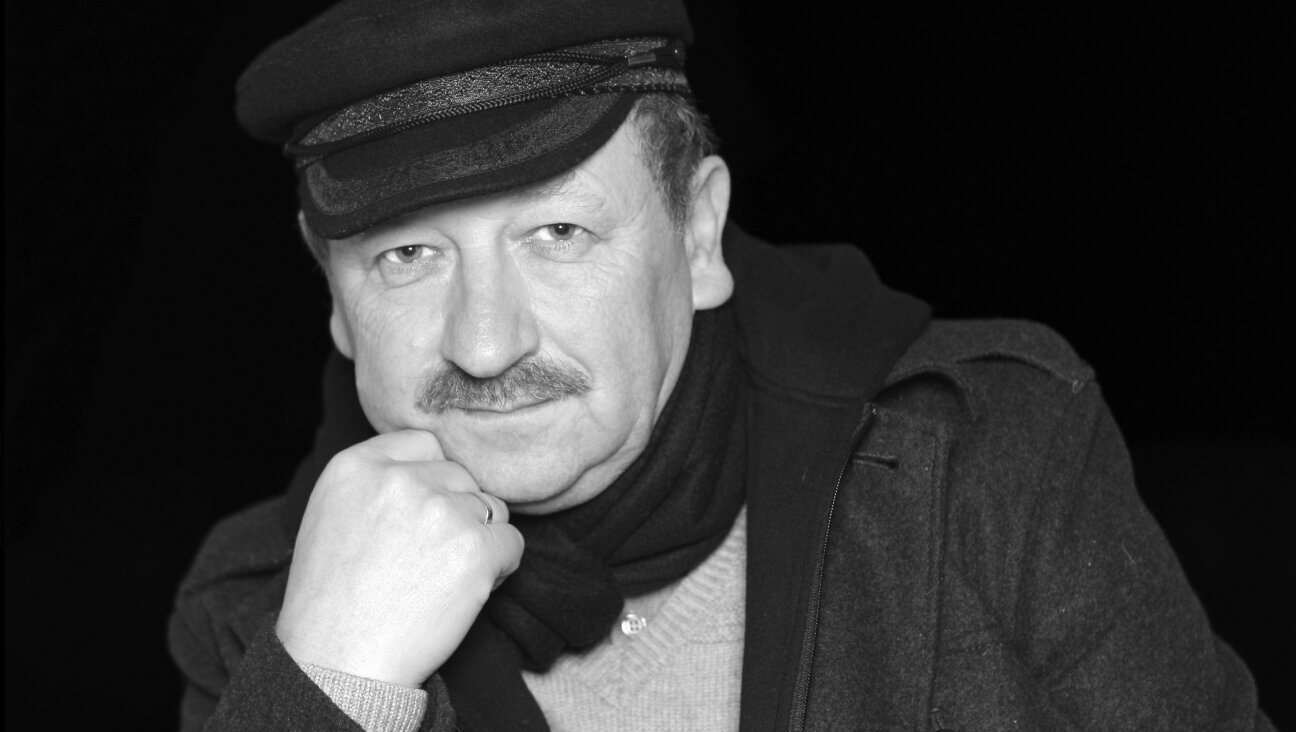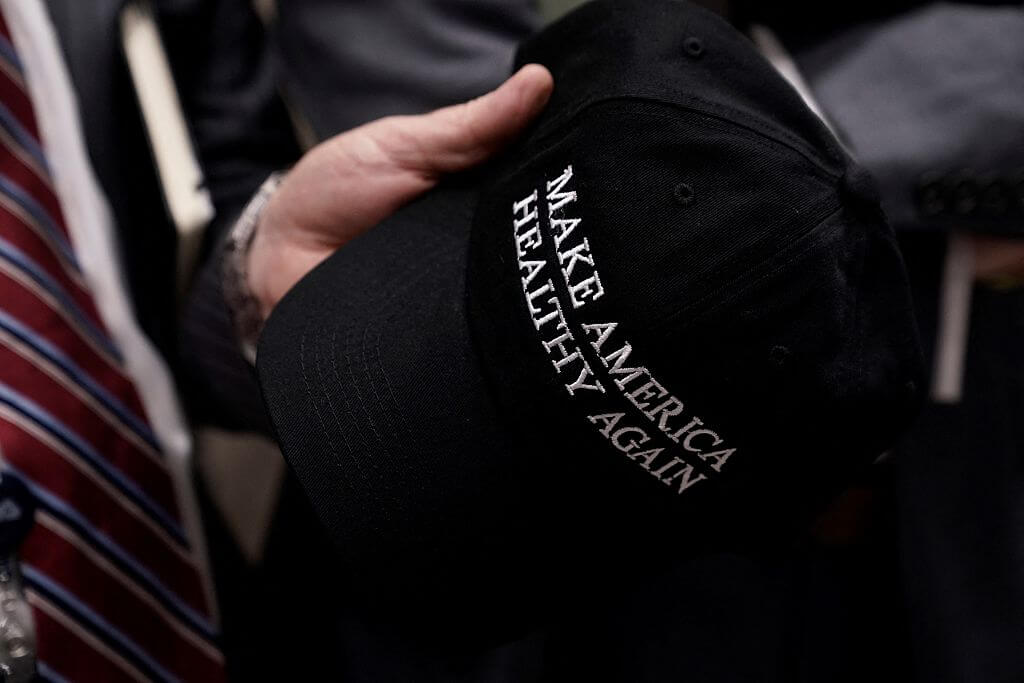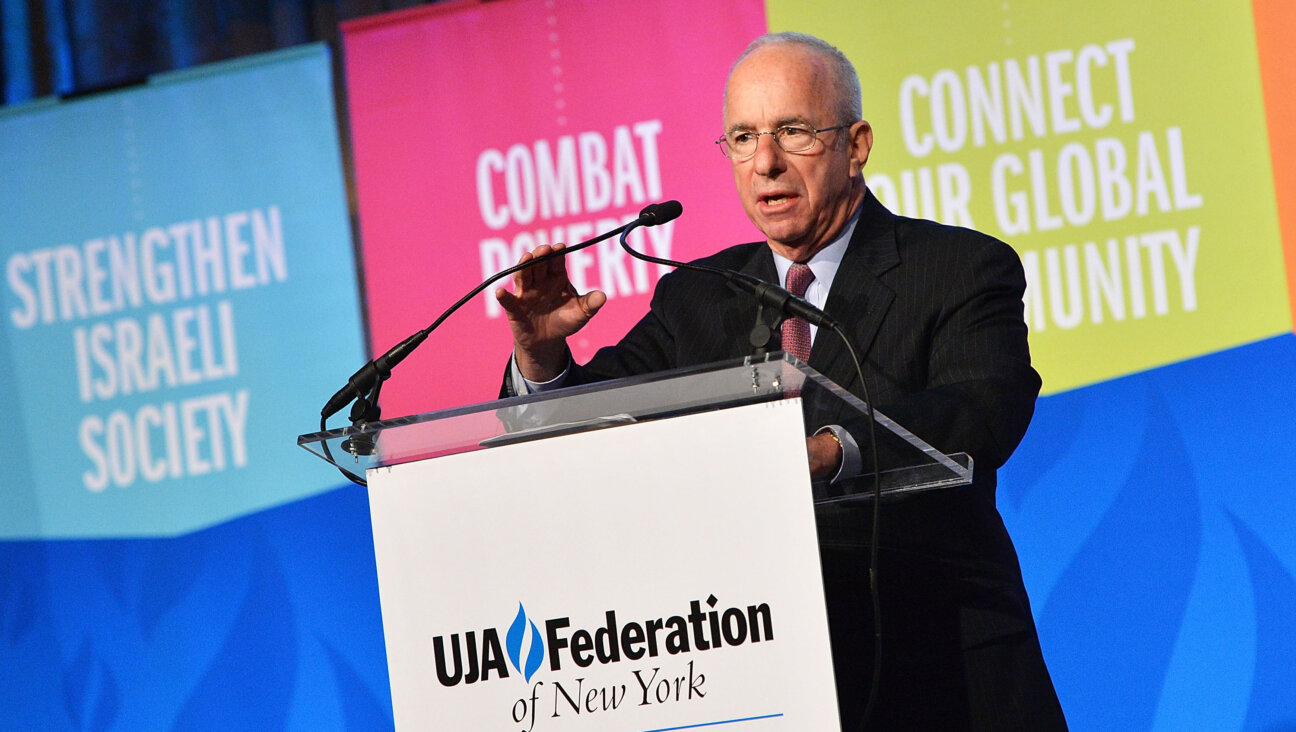Photos reveal the hidden side of Hasidic weddings

Image by Ghila Krajzman

Image by Ghila Krajzman
For my thirteenth birthday, my stepfather gave me a camera. I had just arrived in New York City without any spoken English, but his gift enabled me to begin to communicate with the world through images. It was the beginning of a lifelong passion.
Now, I am a professional photographer, one who has spent her life in a mix of cultures. I work primarily in the Ultra-Orthodox Jewish community as a wedding photographer.

Image by Ghila Krajzman
During a Hasidic wedding, as in most of their daily activities, men and women are separated; it is my job to photograph the women.

Image by Ghila Krajzman
Though the Hasidic community inspires the curiosity of outsiders, I cannot display my pictures publicly; concealment of femininity is integral to their lives. Therefore, I find creative ways of showing these images. To maintain their modesty, I use artful methods of concealing the women’s faces. I am put in the awkward position of representing this invisible group, simultaneously concealing and revealing the lives of Hasidic women who are not allowed to be seen in the outside world, or within their own community.

Image by Ghila Krajzman
Separation of the sexes is the basis of their way of life, and although I am uncomfortable around such extreme inequality, I feel privileged to be allowed into this exclusive world. As a secular Jew, Hasidism has always been foreign to me, but as I record one of the most important moments of their lives, being accepted by them — however briefly — has been a revelation.

Image by Ghila Krajzman
Weddings are central to the community’s life. In the secular world, people socialize at bars, clubs etc. — all places forbidden to this group. Weddings are celebrated everyday, except on the Sabbath and are gathering places where men and women, separated by the “mechitzah” (movable wall), dance, drink and enjoy themselves. An unspoken sexual tension fills the air. A boy is to become a man, and a virginal bride, a woman.

Image by Ghila Krajzman
A striking element in the wedding is when the bride is covered by an opaque veil by her future husband before the ceremony, which is removed after she is married. My series on the veiled bride portrays her most vulnerable moments — I have wondered what she is thinking, hidden and alone during those twenty minutes that mark her transition from girlhood to a wife, married to a man she hardly knows.

Image by Ghila Krajzman
My series on hands emerges from the same issue of concealment/revelation. I discovered the fascinating effects of hands communicating feelings — and, however unconsciously, sensuality.

Image by Ghila Krajzman
In their separation from men, women develop close relationships. I have illustrated this woman-to-woman closeness and noted that these intimate moments of women clinging to one another goes beyond the Hasidic world. By removing all specific context from the images, I illustrate the primal connection between all women.

Image by Ghila Krajzman
In those rare quiet moments, I talk to the children, the brides’ friends — older teens often engaged to be married — and their mothers, and have published these bits of conversation on my blog. They reveal a different world — hidden, vulnerable and yet their celebrations are exultant. Their joys and deep connections are essential to their way of life.

Image by Ghila Krajzman
Ghila Krajzman was born in Israel and moved to Belgium at age 3. She has been working full time as a photographer in the Hasidic community for the past 10 years.
The Forward is free to read, but it isn’t free to produce

I hope you appreciated this article. Before you go, I’d like to ask you to please support the Forward.
Now more than ever, American Jews need independent news they can trust, with reporting driven by truth, not ideology. We serve you, not any ideological agenda.
At a time when other newsrooms are closing or cutting back, the Forward has removed its paywall and invested additional resources to report on the ground from Israel and around the U.S. on the impact of the war, rising antisemitism and polarized discourse.
This is a great time to support independent Jewish journalism you rely on. Make a gift today!
— Rachel Fishman Feddersen, Publisher and CEO
Support our mission to tell the Jewish story fully and fairly.
Most Popular
- 1

Culture Cardinals are Catholic, not Jewish — so why do they all wear yarmulkes?
- 2

Fast Forward Ye debuts ‘Heil Hitler’ music video that includes a sample of a Hitler speech
- 3

News School Israel trip turns ‘terrifying’ for LA students attacked by Israeli teens
- 4

Fast Forward Student suspended for ‘F— the Jews’ video defends himself on antisemitic podcast
In Case You Missed It
-

Opinion This week proved it: Trump’s approach to antisemitism at Columbia is horribly ineffective
-

Yiddish קאָנצערט לכּבֿוד דעם ייִדישן שרײַבער און רעדאַקטאָר באָריס סאַנדלערConcert honoring Yiddish writer and editor Boris Sandler
דער בעל־שׂימחה האָט יאָרן לאַנג געדינט ווי דער רעדאַקטאָר פֿונעם ייִדישן פֿאָרווערטס.
-

Fast Forward Trump’s new pick for surgeon general blames the Nazis for pesticides on our food
-

Fast Forward Jewish feud over Trump escalates with open letter in The New York Times
-
Shop the Forward Store
100% of profits support our journalism
Republish This Story
Please read before republishing
We’re happy to make this story available to republish for free, unless it originated with JTA, Haaretz or another publication (as indicated on the article) and as long as you follow our guidelines.
You must comply with the following:
- Credit the Forward
- Retain our pixel
- Preserve our canonical link in Google search
- Add a noindex tag in Google search
See our full guidelines for more information, and this guide for detail about canonical URLs.
To republish, copy the HTML by clicking on the yellow button to the right; it includes our tracking pixel, all paragraph styles and hyperlinks, the author byline and credit to the Forward. It does not include images; to avoid copyright violations, you must add them manually, following our guidelines. Please email us at [email protected], subject line “republish,” with any questions or to let us know what stories you’re picking up.















